Introduction: The Essential Role of School Buses
School buses have long been a vital part of the education system, ensuring that millions of students across the country travel safely to and from school every day. Designed with specialized safety features, they provide a secure and efficient mode of transportation that parents and schools trust. As technology evolves, school buses continue to adapt, integrating innovative advancements to enhance safety, environmental sustainability, and operational efficiency. This article explores the critical role of school buses, their safety features, and the future of school transportation.
The Unparalleled Safety of School Buses
Safety is the foremost priority in school bus design. Unlike regular passenger vehicles, school buses undergo rigorous testing and adhere to strict safety regulations set by transportation authorities. Here are some key safety features that make school buses the safest mode of student transportation:
1. Distinctive Yellow Color and Warning Signals
One of the most recognizable aspects of a school bus is its bright yellow color. This color was chosen because it is highly visible in various weather conditions and from great distances. In addition, school buses are equipped with flashing red lights and extended stop arms to alert other drivers when students are boarding or disembarking, reducing the risk of accidents.
2. High Structural Integrity
School buses are built with reinforced steel frames designed to withstand impacts and protect passengers in case of an accident. The high-backed, closely spaced seats with energy-absorbing foam further enhance student safety by minimizing the risk of injuries during sudden stops or collisions.
3. Compartmentalization for Added Protection
Unlike seatbelts in passenger cars, school buses use a safety feature called compartmentalization. Seats are placed in a manner that creates a protective envelope around passengers. This design absorbs impact energy and keeps students securely positioned in case of an accident.
4. Strict Driver Training and Licensing
School bus drivers undergo extensive training, including defensive driving, student management, and emergency procedures. They must also pass background checks, drug tests, and obtain specialized commercial driver’s licenses to ensure they are fully qualified to transport students safely.
The Environmental Benefits of Modern School Buses
With the rising concern over environmental pollution, school buses have started shifting towards cleaner, more sustainable energy sources. Traditional diesel-powered buses are now being replaced with alternative fuel options that reduce emissions and improve air quality.
1. Electric School Buses
Electric school buses are gaining popularity due to their zero-emission operation. These buses help reduce air pollution, improve public health, and decrease reliance on fossil fuels. With advancements in battery technology, electric school buses now offer longer travel ranges and lower operational costs compared to traditional diesel models.
2. Propane and CNG Buses
Compressed Natural Gas (CNG) and propane-powered school buses are becoming more prevalent as they produce fewer emissions than diesel buses. These alternative fuels are also cost-effective and reduce maintenance needs, making them a sustainable choice for school districts.
The Future of School Bus Technology
The future of school transportation is being shaped by technological advancements aimed at increasing safety, efficiency, and connectivity. Some of the most promising innovations include:
1. Advanced Driver Assistance Systems (ADAS)
Modern school buses are integrating ADAS features such as collision avoidance systems, automatic emergency braking, lane departure warnings, and pedestrian detection. These technologies help prevent accidents by assisting drivers in making safer decisions on the road.
2. GPS Tracking and Fleet Management
Many school districts are adopting GPS tracking systems to monitor bus locations in real-time. This technology enhances route optimization, improves arrival time accuracy, and provides parents with live updates on their child’s bus status, ensuring peace of mind.
3. AI and Automation
Artificial intelligence is playing a growing role in school bus operations. AI-powered cameras can monitor student behavior, identify potential safety risks, and alert drivers to any distractions. Additionally, some companies are developing self-driving school bus prototypes, which could revolutionize student transportation in the coming years.
Challenges in School Bus Transportation
Despite their many benefits, school buses face several challenges that need to be addressed to ensure continued efficiency and safety.
1. Driver Shortages
One of the biggest challenges in school transportation is the shortage of qualified drivers. Many districts struggle to find and retain skilled drivers, leading to service disruptions and longer routes for students. Incentive programs and better pay structures may help attract more drivers to the profession.
2. Traffic Violations and Stop-Arm Running
Unfortunately, some drivers illegally pass stopped school buses, putting students at serious risk. Efforts to combat this issue include installing external cameras to capture violators and increasing law enforcement presence near school bus stops.
3. Budget Constraints
Many school districts operate under tight budgets, making it difficult to invest in newer, safer, and more environmentally friendly school buses. Government grants and public-private partnerships could provide financial support to upgrade fleets with advanced models.
Conclusion: The Evolving Role of the School Bus
The school bus is more than just a means of transportation; it is a vital component of student safety, academic accessibility, and environmental sustainability. While traditional school buses have set a strong foundation for safety, the future promises even greater advancements with electric models, smart technology, and AI-powered features. As school districts continue to adopt these innovations, school buses will remain the most reliable, safe, and efficient way for students to travel to and from school. Investing in the future of school buses is not just a transportation decision—it is a commitment to the safety and well-being of our children.
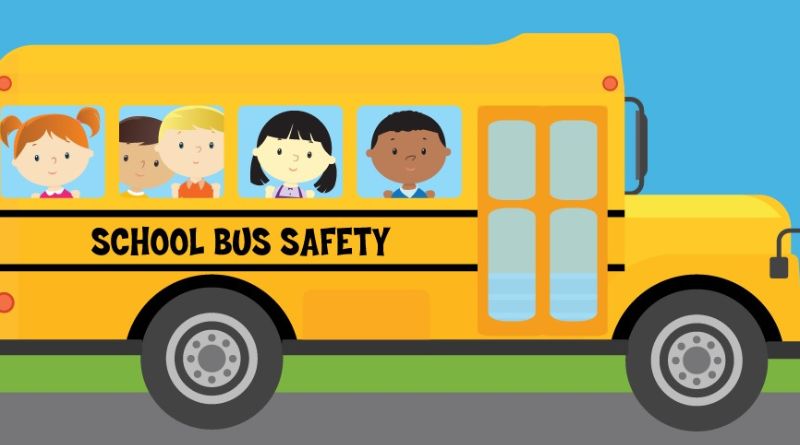
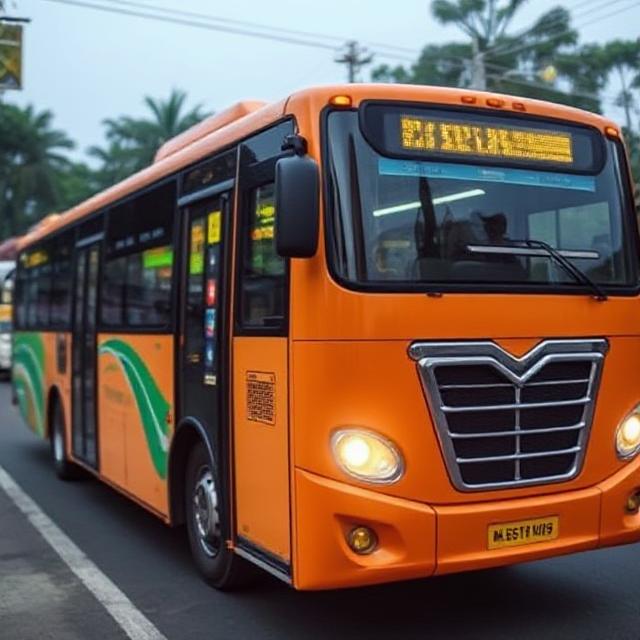


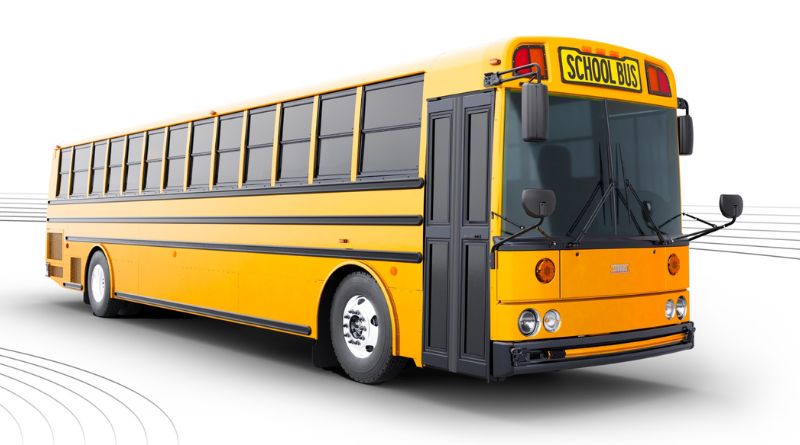
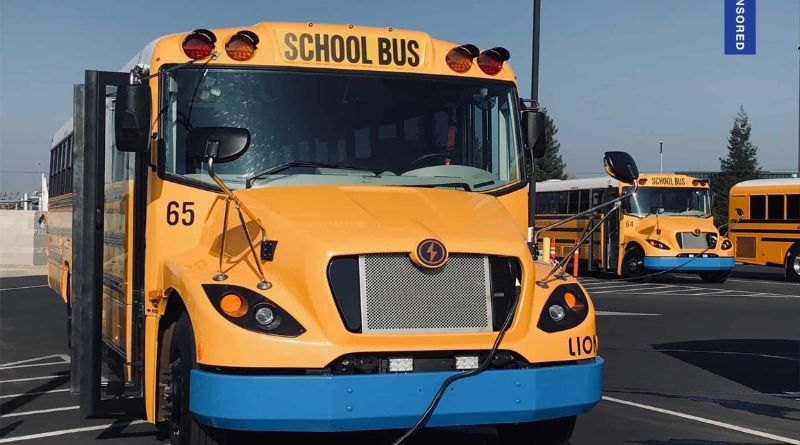

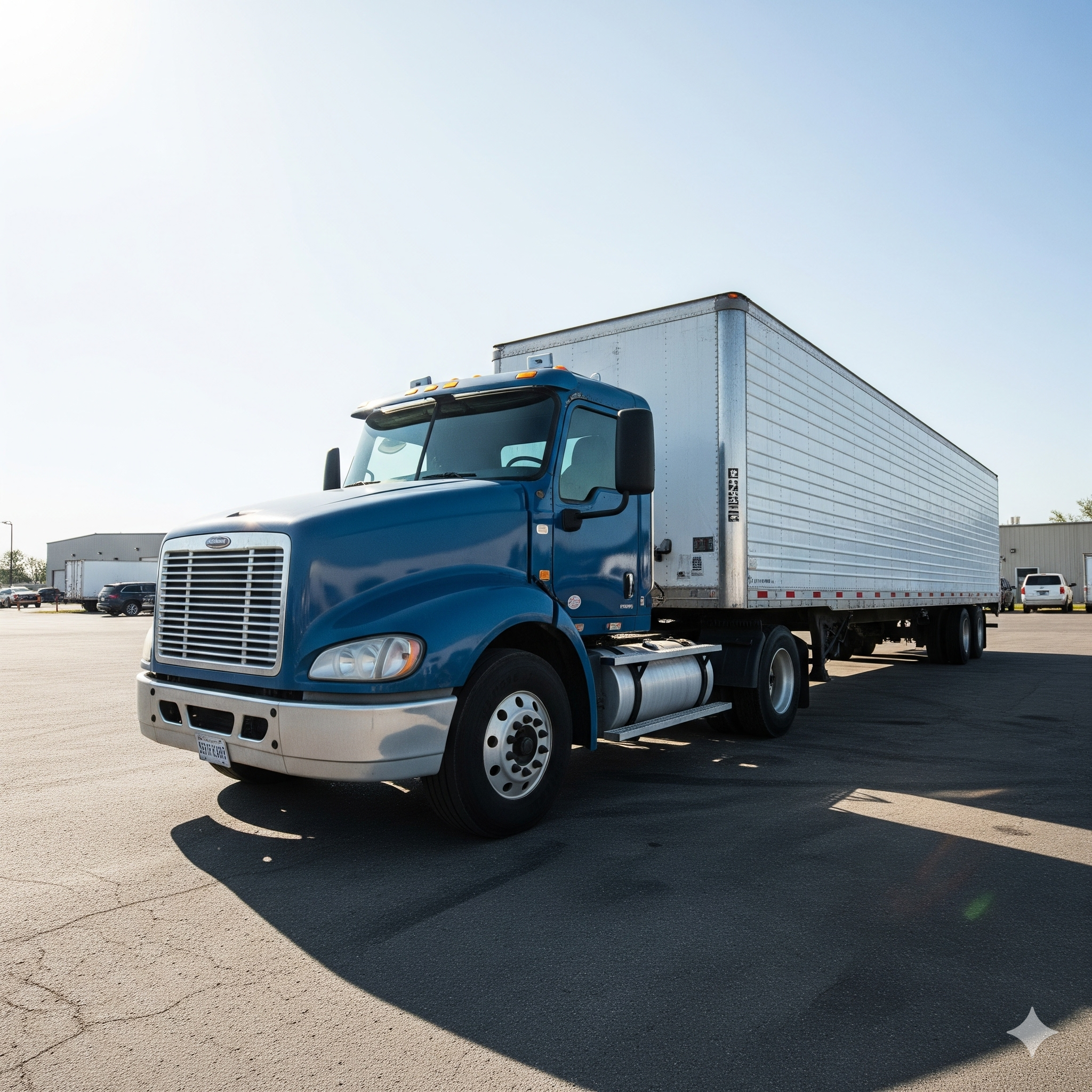

Leave a Reply